


Exit Full Screen
DISCUSS (1 of 2):
Where do you think all the leaves go?
Full ScreenExit Full Screen
DISCUSS (2 of 2):
What could you do to find out?
Full ScreenExit Full Screen
Please wait… This video is having trouble loading. You may have lost your Internet connection. Step 1: Click to Reload this page Step 2: Click to Try our other video player Step 3: contact support if trouble persists. Full ScreenExit Full Screen
DISCUSS:
What do you think is happening in the photo below?
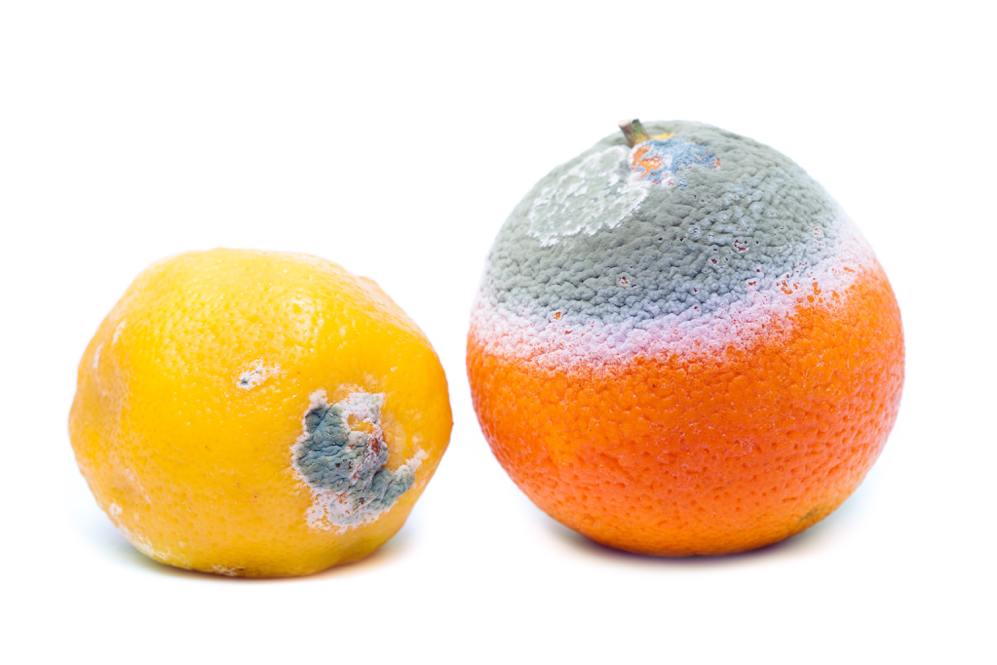
Where do you think the stuff growing on the fruit comes from?
Full ScreenExit Full Screen
Please wait… This video is having trouble loading. You may have lost your Internet connection. Step 1: Click to Reload this page Step 2: Click to Try our other video player Step 3: contact support if trouble persists. Full ScreenExit Full Screen
DISCUSS:
Imagine you were going camping for two weeks without a refrigerator and you wanted to bring some sliced oranges.
What might you do to keep the oranges from decomposing?
Full ScreenExit Full Screen
Please wait… This video is having trouble loading. You may have lost your Internet connection. Step 1: Click to Reload this page Step 2: Click to Try our other video player Step 3: contact support if trouble persists. Full ScreenExit Full Screen
Please wait… This video is having trouble loading. You may have lost your Internet connection. Step 1: Click to Reload this page Step 2: Click to Try our other video player Step 3: contact support if trouble persists. Full ScreenExit Full Screen
Please wait… This video is having trouble loading. You may have lost your Internet connection. Step 1: Click to Reload this page Step 2: Click to Try our other video player Step 3: contact support if trouble persists. Full ScreenExit Full Screen
Please wait… This video is having trouble loading. You may have lost your Internet connection. Step 1: Click to Reload this page Step 2: Click to Try our other video player Step 3: contact support if trouble persists. Full ScreenExit Full Screen
Please wait… This video is having trouble loading. You may have lost your Internet connection. Step 1: Click to Reload this page Step 2: Click to Try our other video player Step 3: contact support if trouble persists. Full ScreenExit Full Screen
Please wait… This video is having trouble loading. You may have lost your Internet connection. Step 1: Click to Reload this page Step 2: Click to Try our other video player Step 3: contact support if trouble persists. Full ScreenExit Full Screen
Please wait… This video is having trouble loading. You may have lost your Internet connection. Step 1: Click to Reload this page Step 2: Click to Try our other video player Step 3: contact support if trouble persists. Full ScreenExit Full Screen
Please wait… This video is having trouble loading. You may have lost your Internet connection. Step 1: Click to Reload this page Step 2: Click to Try our other video player Step 3: contact support if trouble persists. Full ScreenExit Full Screen
Please wait… This video is having trouble loading. You may have lost your Internet connection. Step 1: Click to Reload this page Step 2: Click to Try our other video player Step 3: contact support if trouble persists. Full ScreenExit Full Screen
Please wait… This video is having trouble loading. You may have lost your Internet connection. Step 1: Click to Reload this page Step 2: Click to Try our other video player Step 3: contact support if trouble persists. Full ScreenExit Full Screen
Please wait… This video is having trouble loading. You may have lost your Internet connection. Step 1: Click to Reload this page Step 2: Click to Try our other video player Step 3: contact support if trouble persists. Full ScreenExit Full Screen
Please wait… This video is having trouble loading. You may have lost your Internet connection. Step 1: Click to Reload this page Step 2: Click to Try our other video player Step 3: contact support if trouble persists. Full ScreenExit Full Screen
Please wait… This video is having trouble loading. You may have lost your Internet connection. Step 1: Click to Reload this page Step 2: Click to Try our other video player Step 3: contact support if trouble persists. Full ScreenExit Full Screen
Please wait… This video is having trouble loading. You may have lost your Internet connection. Step 1: Click to Reload this page Step 2: Click to Try our other video player Step 3: contact support if trouble persists. Full ScreenExit Full Screen
Please wait… This video is having trouble loading. You may have lost your Internet connection. Step 1: Click to Reload this page Step 2: Click to Try our other video player Step 3: contact support if trouble persists. Full ScreenExit Full Screen
Please wait… This video is having trouble loading. You may have lost your Internet connection. Step 1: Click to Reload this page Step 2: Click to Try our other video player Step 3: contact support if trouble persists. Full ScreenExit Full Screen
Please wait… This video is having trouble loading. You may have lost your Internet connection. Step 1: Click to Reload this page Step 2: Click to Try our other video player Step 3: contact support if trouble persists. Full ScreenExit Full Screen
Please wait… This video is having trouble loading. You may have lost your Internet connection. Step 1: Click to Reload this page Step 2: Click to Try our other video player Step 3: contact support if trouble persists. Full ScreenExit Full Screen

Exit Full Screen
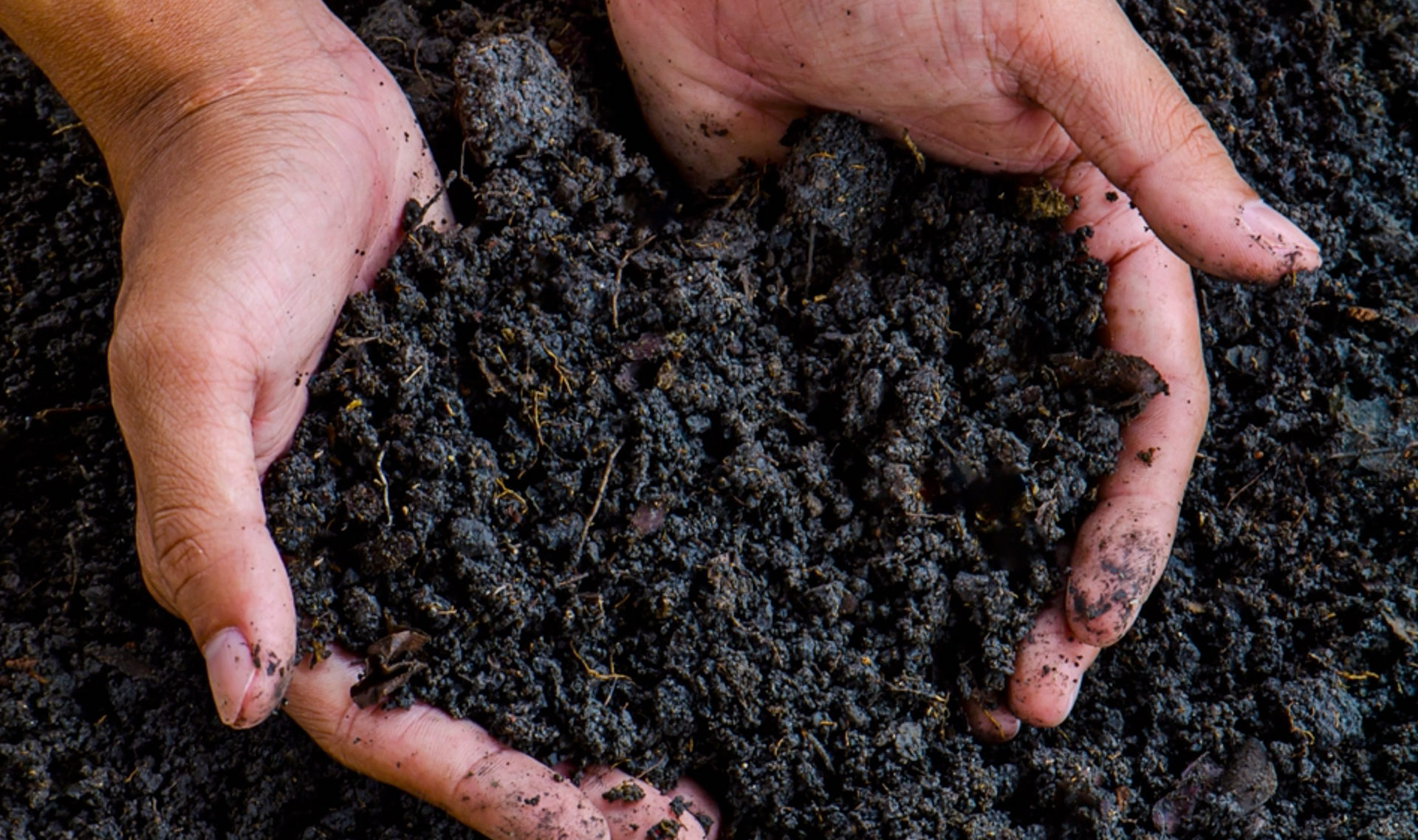
Exit Full Screen
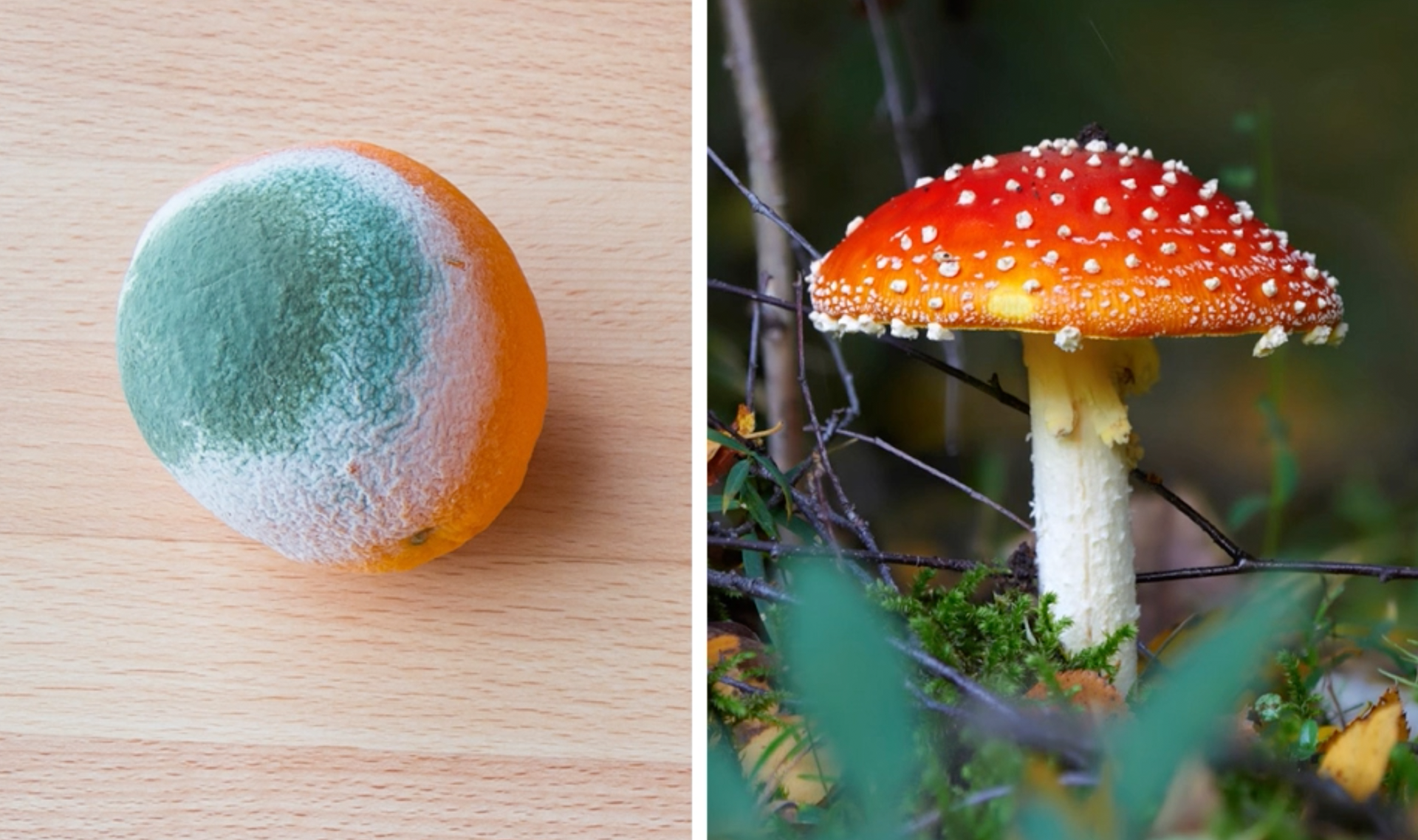
Exit Full Screen
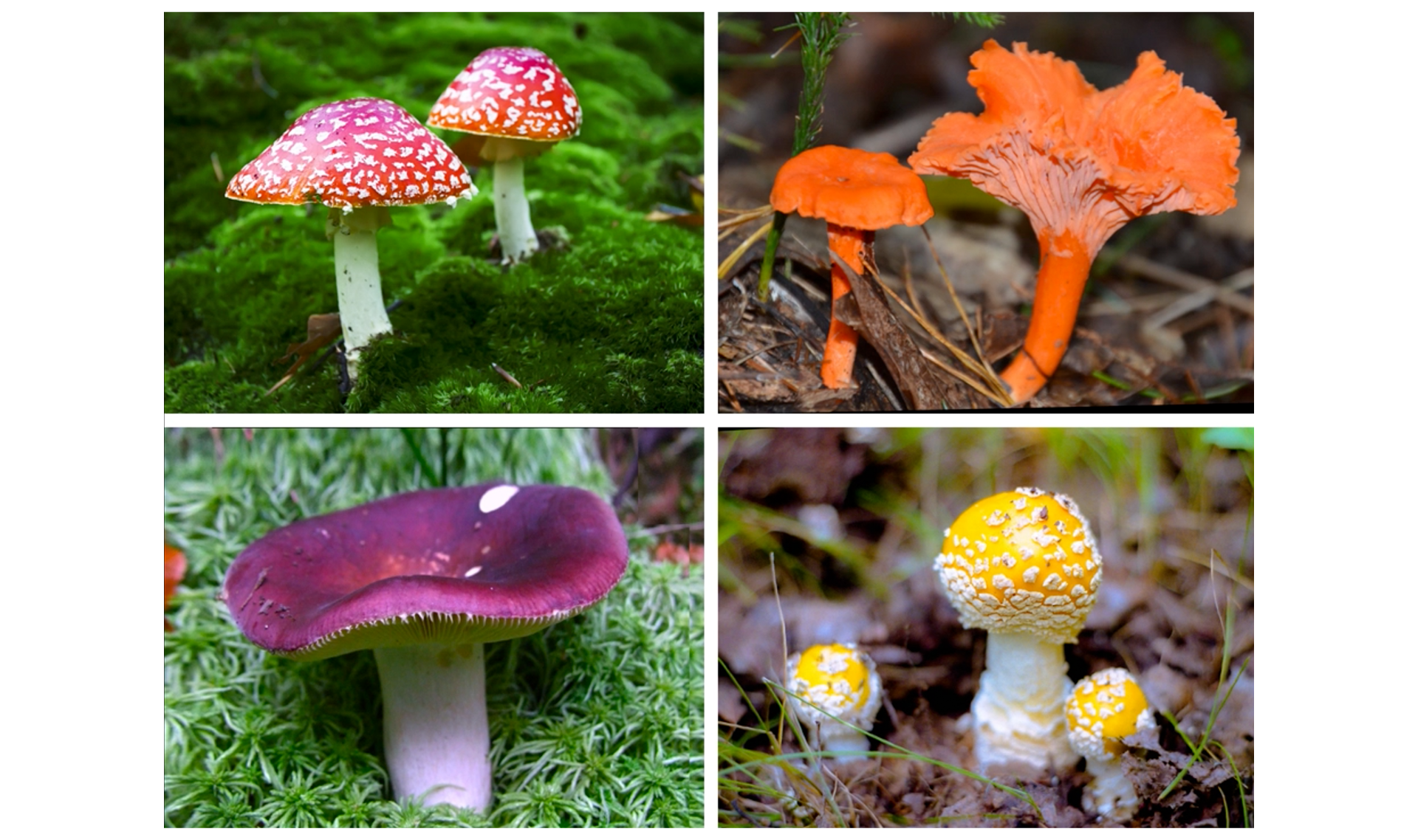
Exit Full Screen
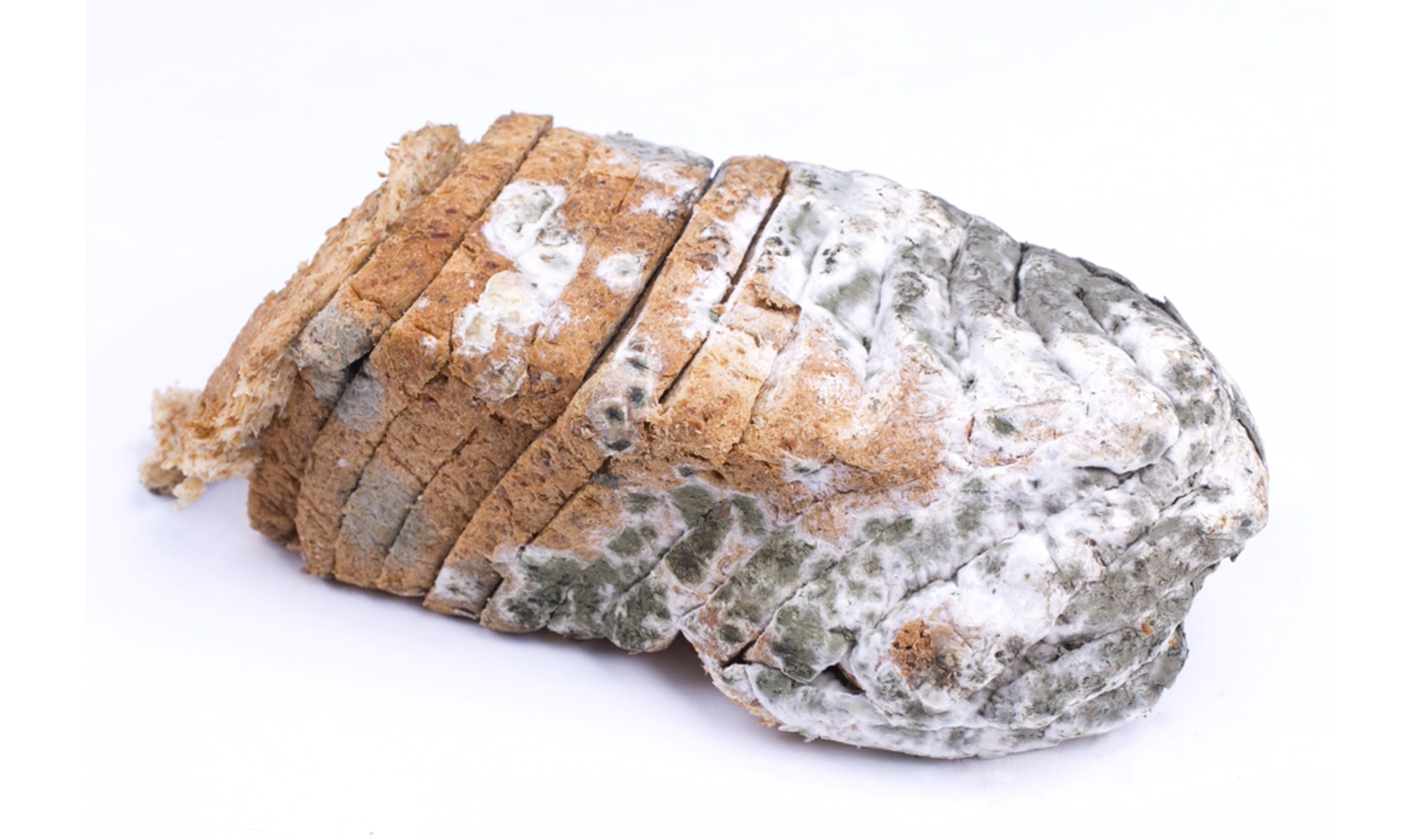
Exit Full Screen
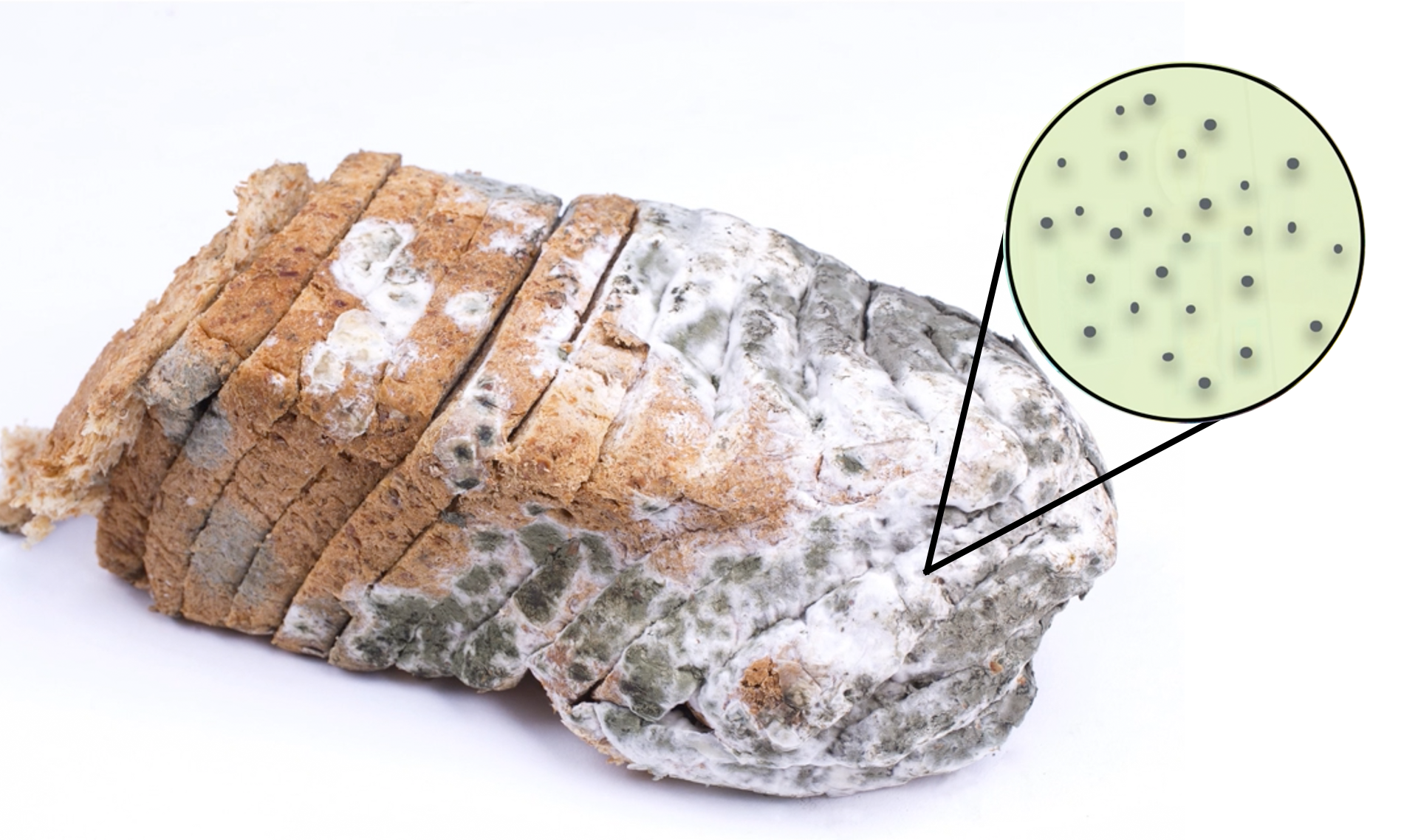
Exit Full Screen
Please wait… This video is having trouble loading. You may have lost your Internet connection. Step 1: Click to Reload this page Step 2: Click to Try our other video player Step 3: contact support if trouble persists.Exit Full Screen
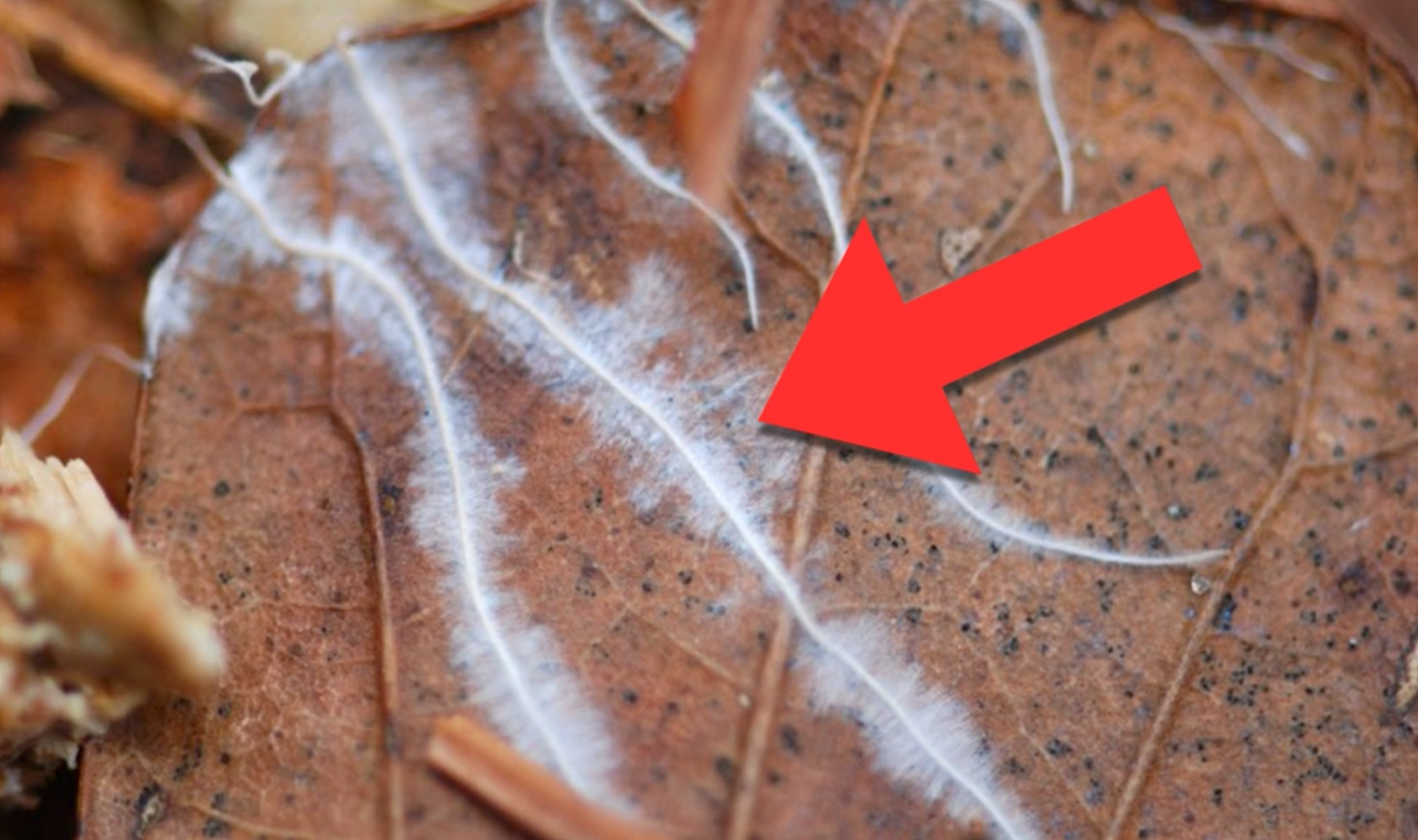
Exit Full Screen
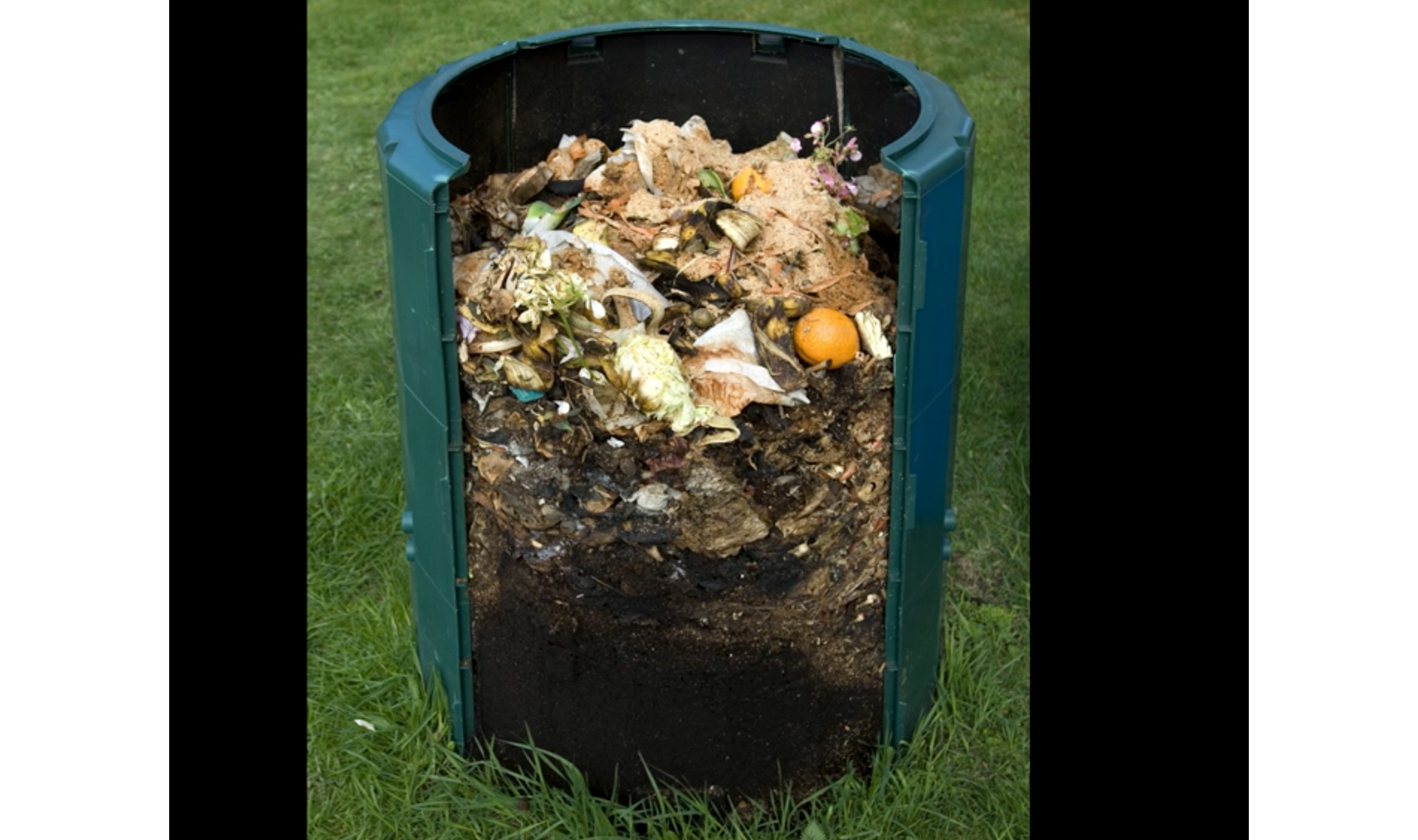
Exit Full Screen

Exit Full Screen
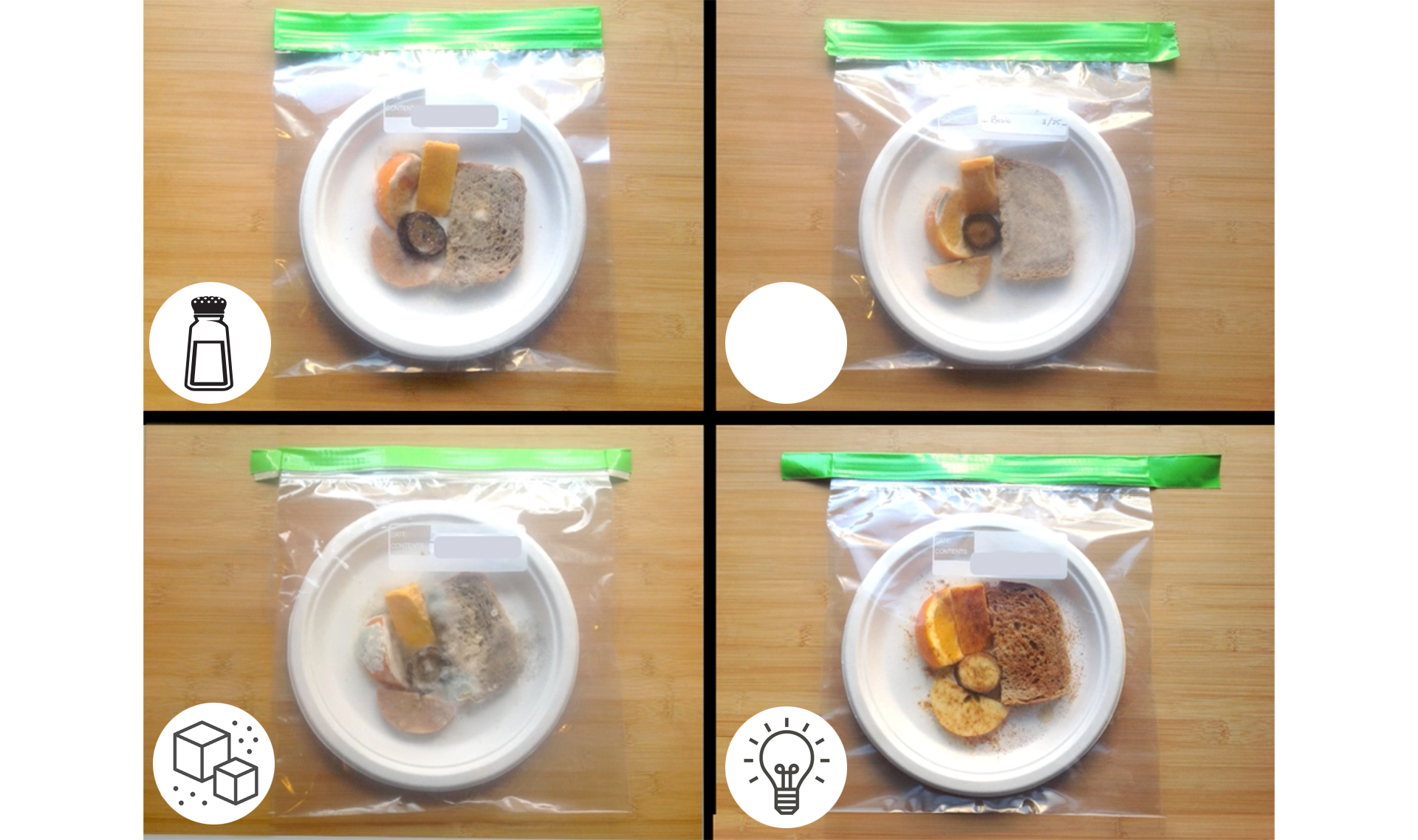
Exit Full Screen
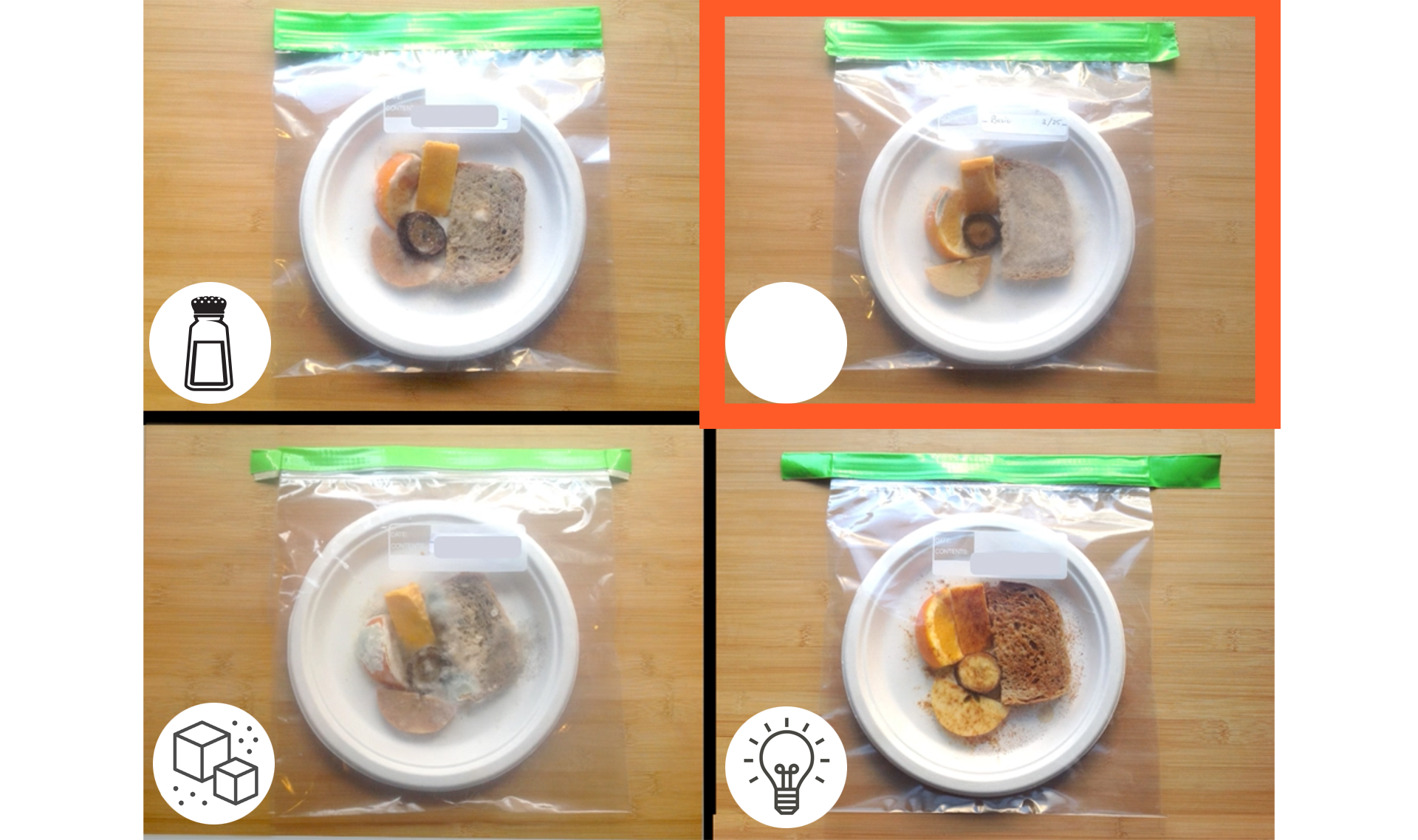
Exit Full Screen
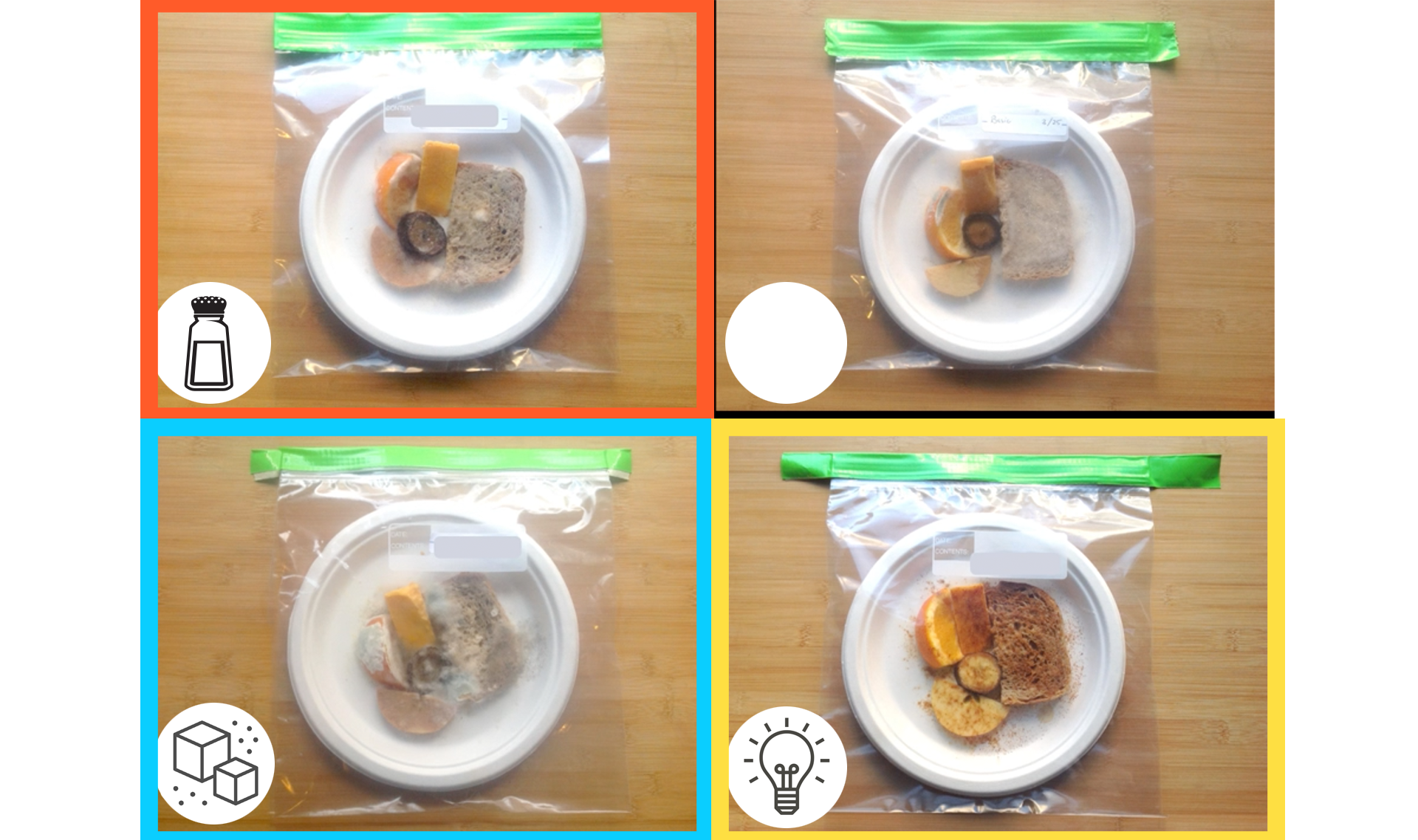
Exit Full Screen
🎉 That’s it for this lesson! How did it go? Extend this lessonExit Full Screen
Mystery Science respects the intellectual property rights of the owners of visual assets. We make every effort to use images and videos under appropriate licenses from the owner or by reaching out to the owner to get explicit permission. If you are the owner of a visual and believe we are using it without permission, please contact us—we will reply promptly and make things right.
Exploration leaves by Albert Bridge , used under CC BY-SA walking on log-leaves by unsplash leaf decomposition by Josh Williams fungus mycelium by Kris H. Light second log flip by Sergei A. Polozov growing mycelium by franchise films mushroom time lapse by OddScience mushroom time lapse 2 by franchise films fungi mycelium on wood by chanus hands dug into work by 13Imagery decomposition by StopWaste Russula by Jerzy Opioła , used under CC BY-SA cinnabar-red chanterelle by Jake Stookey red capped mushrooms by Gemini78 yellow & white capped mushrooms by Kurt Bauschardt , used under CC BY-SA mushroom by Mary Smiley , used under CC BY-SA white mushroom by arhendrix orange mushrooms by Mushroom Observer , used under CC BY-SA Cordyceps_locustiphila_Henn by Mushroom Observer , used under CC BY-SA mycelium growing more by Jerzy Opioła , used under CC BY-SA trees broken up by shore by skeeze , used under Public Domain man hiking by Poprotskiy Alexey mushrooms growing outside complex by Vasile Cotovanu , used under CC BY-SA forest floor by Alessandro Colle pinic table lunch by adriaticfoto moldy bread by Taborsky moldy strawberries by rsooll mycelium on potato by Telia mycelium in orange substance by Irina Kozorog moldy orange by Irina Mos mushroom cap by Aleksey Gnilenkov casual living room by Wonderlane berry decomposition by webiocosm compost bin by Evan Lorne inside of compost bin by BMJ woman inside grocery store by Adam Melnyk moldy tomatoes by Comrade Foot inside of fridge by thodonal88 camping- tent by Milaniphotography black electric heater by ronstik hands by photka pencil by JohannPoufPouf hands up by Rawpixel.com leaves on cement by Kichigin walking through leaves by Suzanne Tucker kid playing in leaves by Chris Nolan , used under CC BY wintery road by David Merrigan , used under CC BY spring/green road by artens bag of leaves by MiVa Unit: leaf by LilKar Unit: leaf 2 by Etakundoy“My students are so excited to grow their mold terrariums! A great way to engage kids and connect to NGSS”
· Reina · Teacher“Loved the real video footage of objects decomposing. We are doing mold terrariums and all 4 classes have different variables. They love comparing what is happening in each terrarium and reasoning why they are molding faster or slower than each other based on their variables.”
· Natalie · Teacher“My students loved seeing mold grow on the food. They were so excited everyday to look and see if there was more mold. I really liked the the introduction to this lesson, it was very informative and my students learned so much in those few minutes about mold and mushrooms.”
· Ashley · Teacher“It was very interesting to the student as well as to me. I actually never really knew what happened to the leaves in such detail. Thank you for great lesson!”
· Janet · Homeschooler“Students LOVED watching the videos and then designing their own experiment. They were very engaged!”
· Katie · Teacher“The students were thrilled when they saw the first signs of mold on some of the oranges. This lesson was easy for the students to follow.”
· Jon · Teacher“AMAZING. The students LOVED the exploration and were truly amazed by mushrooms and mold. It was a very well planned mystery. ”
· Ana · Teacher“The hands on experience of growing mold. I love the idea of incorporating scientific method with variable changes into the curriculum. My students are excited to watch their experiments over the next week. ”
“The students are loving the mold investigation. It is a high interest activity and gets them actively involved while learning the scientific method.”
· Pamela · Teacher“My students were fascinated by the fact that mold spores are everywhere around us, and they love seeing things rot! This lesson was quite simple to set up get engaging, and for the next 12 days, I used the first 5 min of class as a engaging way to start to day to have students check on their group's mold levels and record them. ”
· Brian · Teacher“The kids loved this lesson. I thought the videos were amazing. The fact that mold looks like a mushroom under a microscope was fascinating for all of us. ”
· Shannon · Teacher“My students were sooo impressed with the mushroom facts and the experiment that they keep talking about it all they long and to their parents when they got home! ”
· Patricia · Teacher “The kids loved the activity and were totally engaged with all parts of the lesson!!” · Lisa · Teacher “Seeing the difference in each terrarium.” · Anita · Teacher“Every teacher should use this lesson even if they don't do the mold terrarium. Perfect explanation of decomposers.”
· Kathryn · Teacher“They thought it was crazy that mold is actually mushrooms and were stoked to be able to do an experiment with it!”
· Lauren · Teacher“Kids loved it! We are currently growing a mold terrarium. The time lapse videos were a real hit! They were engaged and using the science vocabulary by the end of the video.”
· Karen · Teacher“the way the narrator spoke - just great language, explained so clearly and concisely and so relatable for the kids (jumping into the leaves etc). ”
· Jennifer · Teacher“The question about where do leaves go was great! Kids never really thought about what happens in a forest setting. The time-lapsed video grossed them out (of course) but they loved it!”
· Pam · Teacher “We are still observing the growth of mold (Day 7) and the girls are grossed out and loving it.” · Karen · Homeschooler“This was such a great lesson. My kids loved the 12 days of observing mold and learning the connection between mold and mushrooms.”
· Amanda · Teacher“It's hard to choose. The video was a great visual reinforcement of what I had already covered with my class. But the mold lab was simple and engaging and a perfect activity for the last weeks of school!”
· Rebekah · Teacher “Awesome. Kids loved the time lapsed videos” · LIsa · Teacher “The kids loved the mold terrariums!” · Sandra · Other “The students understood that all living organism eat plants.” · Julie · Homeschooler“Long term learning, coupled with exploration, inferencing and hypothesizing. A great opportunity to discuss independent and dependent variables”
· Sam · Teacher“it was great my students loved it they were in joy and all of my students ran up and hugged me and said thank you.”
· Sylvia · Teacher“I learned some new information and really enjoy the discussions the students were having about where they thought the leaves go. Students were very engaged in the activities. I really love the organization of each mystery!”
· Amy · Teacher “I love the visuals of decomposition! Instantly clarifying!” Lesson narration:Ecosystems & The Food Web
Decomposers & Matter Cycle
In this lesson, students discover the role fungi play in decomposing dead materials and in creating soil. In the activity, Mold Terrarium, students plan and conduct an investigation to discover the factors affecting decomposition. Students fill Ziploc bags with different types of foods and change environmental conditions to study how different variables affect mold growth. They then observe mold growth over a period of two weeks.
Number of students:| Mold Terrarium worksheet | 30 copies |
| Clean-up Supplies (Eg. Paper Towels) |
You will need this number of slices for each type of fruit that you are using. Our lesson shows a slice of apple, orange, and banana in each mold terrarium, but you can choose whatever fruit is easily available. Oranges and strawberries both mold well.
The label needs to be large enough so that students can write their team name, the date, and the starting conditions of their mold terrarium.
Used as the experiment control.The plate must be small enough to fit inside the Ziploc bag. You will throw out the plate and bag when the experiment is done. Plastic plates will also work.
The bag must be large enough to hold the paper plate and still be sealed. Used as the experiment control.You will need access to water for this activity.
In addition to the supplies listed above, you will need a well-ventilated area to store your mold terrariums. The space you have available may limit how many terrariums you make.
Each mold terrarium will be sealed in a Ziploc bag that is then sealed with duct tape. Students will observe mold through the clear plastic, but will not open the bags. When your observation period is over, you will throw the entire experiment away. Do not open the bag. Opening the bag would release mold spores, which can exacerbate asthma and cause respiratory illness.
We suggest students work in groups of four. Homeschool students can work on their own.
You may want to divide this activity into two sessions.
Part 1 (students brainstorm ideas for their mold terrarium) takes 10 to 15 minutes.
Part 2 (students set up their mold terrariums) takes 15 to 20 minutes. Part 2 begins at Step 7.
In this activity, each group of students decides on ONE condition to change — that is, one way that their terrarium will be different from the basic terrarium, which contains only damp food kept at room temperature. They may choose a condition that they think will encourage mold growth (e.g. heat) or one that they think will inhibit it (e.g. preservatives such as salt, sugar, or hot pepper). So you may want to think ahead regarding what materials or conditions (hot vs cold) you can accommodate in your classroom.
If you divide the lesson as discussed in “Plan Your Time,” you have the option of bringing in additional materials for Part 2 when students set up their terrariums and test different variables.
Students may suggest adding garden soil or compost to the food to encourage mold growth. Don’t do it! Some soil bacteria (known as anaerobic bacteria) make nasty smells when they break down foods. These anaerobic bacteria thrive in a sealed plastic bag with water and fruit. A mold terrarium with soil will grow mold — but it will also stink!
Before class, cut up the food that you will be using in your experiment. In our lesson, we include a half slice of bread, a piece of cheese, a slice of apple, a slice of orange, and a slice of banana. You can use whatever food items are easily available, but include the same items for each terrarium and try to make them the same size to ensure a fair test. For each team, prepare a paper plate with a piece of each kind of food that you’ll be testing. Here’s an example of what our plates looked like:

You will need to make a basic terrarium that contains damp food at room temperature. This basic mold terrarium will serve as the control so students can compare their experimental results to it. To see how to set this up for yourself, follow our step-by-step instructions (Steps 7 through 12) here. [Note: If you plan to teach the lesson in two parts, wait to prepare your terrarium right before you teach Part 2.]
Each group will need a cup filled with water so that they can moisten each of their food items, and will also need a strip of duct tape longer than the width of the Ziploc bag so they can double seal the bag. You may want to prepare these supplies prior to class to make distribution easier.
In Part 1, students will only need their Mold Terrarium printout and a writing utensil.
In Part 2, each group will need the following supplies:

You may want to separate these supplies to make classroom distribution easier.
The second page of the student handout lets students record observations of their terrarium over time. This lets them see which food molds the fastest in their terrarium. By filling in circles to record how much of a given food is covered with mold, they create a bar graph of the mold growth.
We recommend creating a bulletin board where all teams can record and compare results for their terrarium. By comparing results, students can look for patterns and observe which conditions are most conducive to mold growth. They can then answer questions like: